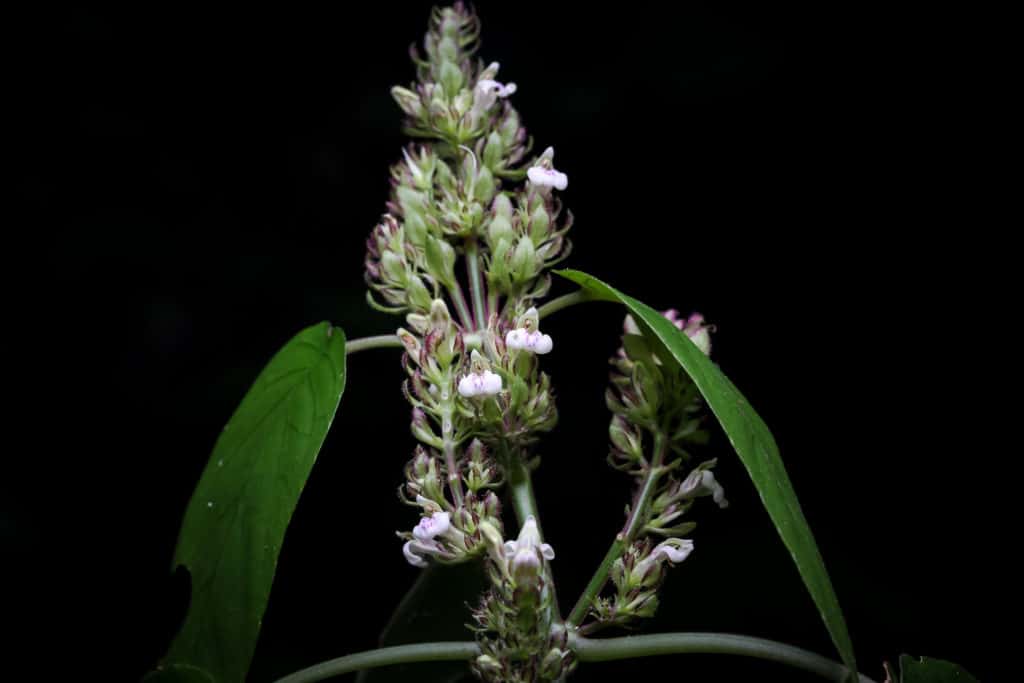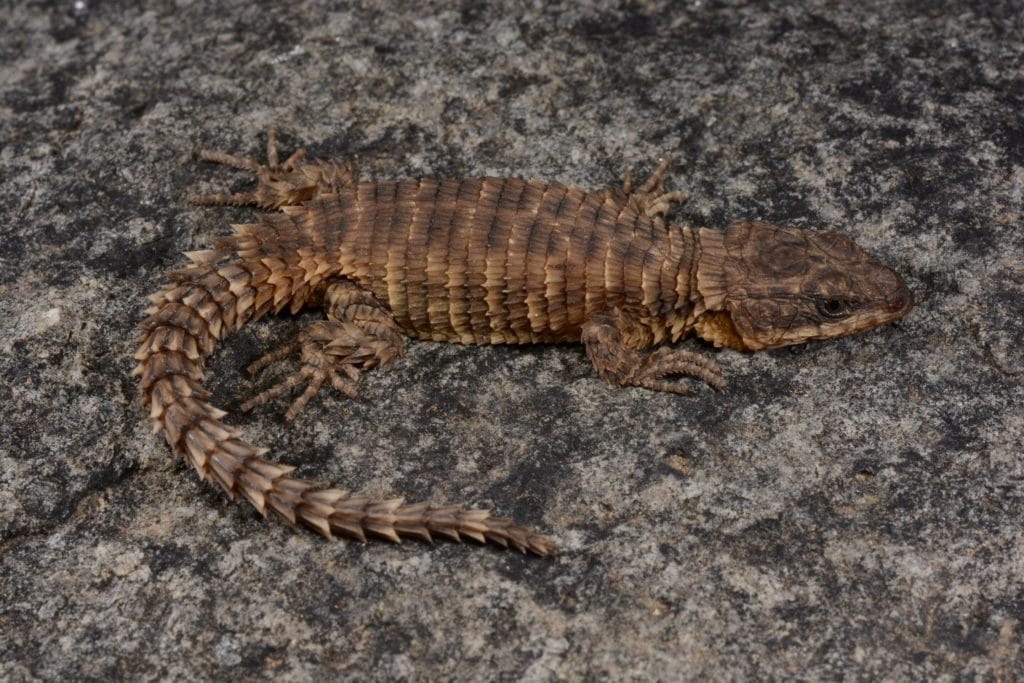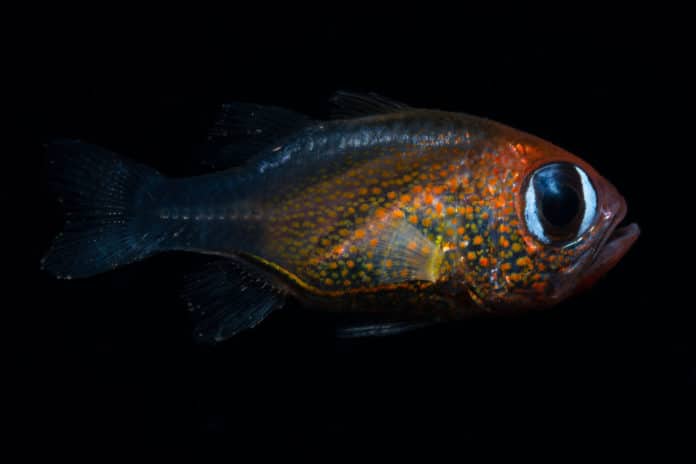Scientists at the California Academy of Sciences added 71 new plant and animal species to our family tree- including 17 fish, 15 geckos, eight flowering plants, six sea slugs, five arachnids, four eels, three ants, three skinks, two skates, two wasps, two mosses, two corals, and two lizards. This advances our comprehension of Earth’s complex web of life and fortifying our capacity to informed conservation decisions.
This revelation proves that our planet still has some unexplored places. Their results help advance the Academy’s mission to explore, explain, and sustain life.
Scientists discovered these new species across five continents and three oceans—venturing into Croatian caves, diving to extreme ocean depths, and surveying savanna forests.
Shannon Bennett, Ph.D., and Academy Chief of Science said, “Despite decades of tirelessly scouring some of the most familiar and remote places on Earth, biodiversity scientists estimate that more than 90% of nature’s species remain unknown. A rich diversity of plants and animals is what allows life on our planet to thrive: the interconnectedness of all living systems provides collective resilience in the face of our climate crisis. Each newly discovered species serves as an important reminder of the critical role we play in better understanding and preserving these precious ecosystems.”
Flowering plants in need of protection
Emeritus Curator of Botany Frank Almeda, Ph.D., described a rare white-blossomed plant Trembleya altoparaisensis this year based on several specimens collected over 100 years ago by the famous 19th-century botanist Auguste Francois Marie Glaziou. As rare now as it was then, the plant proved challenging to find in the wild.

Ricardo Pacifico, a Ph.D. student, working with Almeda and visiting researcher at the Academy, said, “People don’t think plants move, but they do.”
“When an environment changes, plants will move to areas that better suit them. For botanists like Pacifico—who sometimes relies on a single museum specimen collected decades ago to track down a plant’s current whereabouts in the field—these migrations can be both challenging and rewarding.”
Highlighting exactly where these plants thrive in the wild, he said, “but we must ensure we know what grows in the parks. Finding and documenting species such as T. altoparaisensis and Gravesia serratifolia—another new species from a national park in Madagascar described by Almeda and his former student, Heritiana Ranarivelo—is crucial for effective management of the parks in the event of wildfires or other disasters.”
A long-snout skate with potentially high stakes for steaks
In 1970, the Falkland Island fisheries introduced a new-to-science skate: cartilaginous ray-like fish that live at depths of up to almost 2000 feet (600 meters). The fish are particularly popular in Korea, where they are fermented or filleted into steaks.
Based on their research, scientists have shown that some of the skates on the market might not be Dipturus chilensis as previously thought, but are instead the newly described species Dipturus lamillai.
Ichthyology Research Associate David Ebert, Ph.D. urges fisheries to reconsider their supportability and surveying practices to counteract overfishing of the newly depicted species before its populace status can be thoroughly assessed—and to ensure the wrong skate doesn’t wind up as a steak on a dinner plate.
A menagerie of microendemic and critically endangered reptiles
This year, Academy Research Associate Aaron Bauer, Ph.D. adds15 new day geckos, three island-dwelling skinks, an ostentatiously orange lizard, and a high-altitude girdled lizard to the tree of life. He recommends that most of the reptiles be listed as critically endangered due to their microendemism—a term used to describe species only found in an extremely small geographic range.

In the case of the newly described skink Kuniesaurus albiauris, invasive fire ants already threaten its restricted, native habitat in New Caledonia.
Bauer said, “Finding these microendemic species is crucial for conservation. If we don’t explore isolated habitats, like mountaintops, we would miss a huge part of the biodiversity that’s unique to these regions.”
Californian corals
Invertebrate Zoology Curator Gary Williams, Ph.D., who described two new California coral species this year, said, “We know the intertidal zone, but the deep sea is out of sight, out of mind. Deep-sea surveys using remotely operated vehicles—like the 2018 expedition led by the National Oceanic and Atmospheric Administration that collected a new lemon-yellow octocoral Chromoplexura cordellbankensis—are increasingly important for informing the expansion of marine protected areas and protecting the beautiful biodiversity thriving in the unexplored depths of our backyard.”
Cat-eyed cardinalfish
From the purple, armor-like scales of the vibranium fairy wrasse Cirrhilabrus Wakanda to the scintillating stare of the cat-eyed cardinalfish Siphamia arnazae. Scientists described 17 new species of fish this year.
As the oceans continue to warm, the species that depend on the reef’s abundant resources are jeopardized.
Sea slugs
Academy Curator of Invertebrate Zoology Terry Gosliner, Ph.D., has depicted around one-quarter of colorful sea slug species known to science. Yet, these masquerading marine invertebrates still discover methods for amazing him. Parts of Madrella amphora—one of six new species Gosliner describes this year—intently look like the snail eggs that tend to encompass their territory.
Gosliner said, “We recently confirmed through genetics that sea slugs mimic the colors of other species, but it’s rare to see sea slugs mimic other animals entirely.”
The study is described in the Journal of the Ocean Science Foundation.
